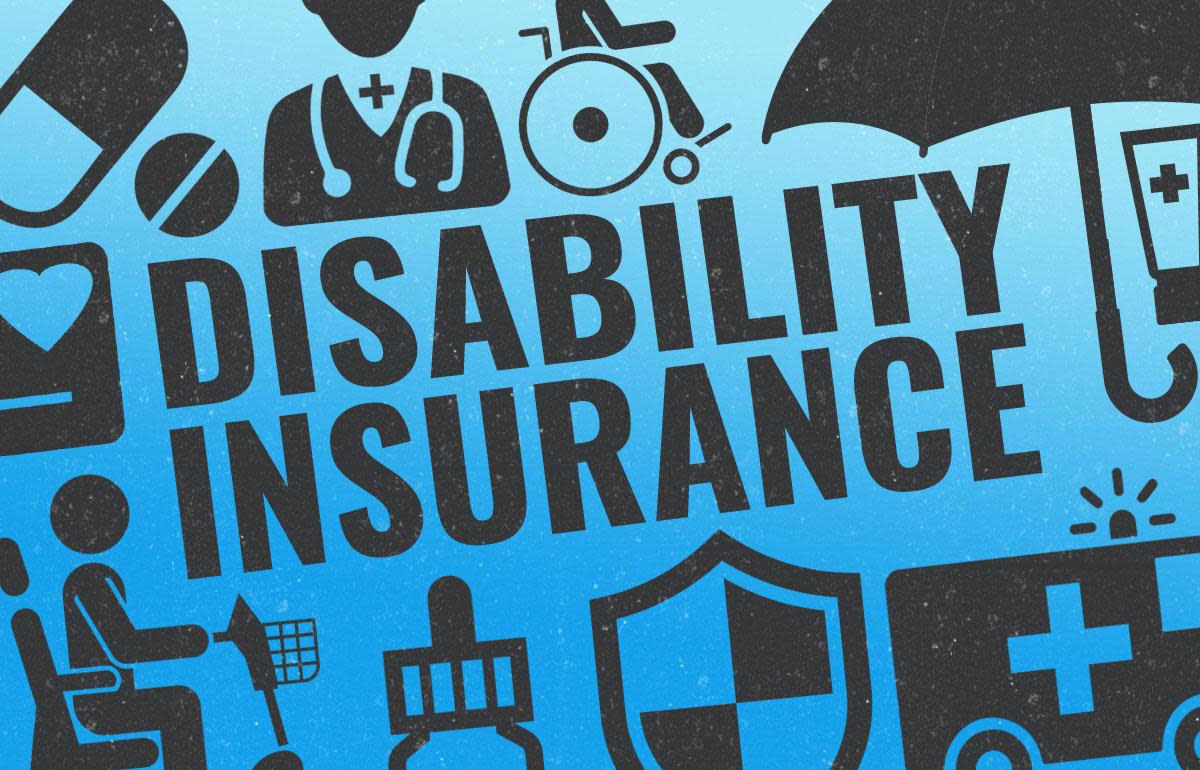Would you like to have disability insurance so that you’d be covered if you were to get sick or injured while working? If you’re curious about how this would work, keep reading.
There are two different forms of disability insurance: long and short term.
It makes sense that short term insurance lasts for a shorter period. The coverage continues from anywhere from three to six months.
If something were to happen, both types of disability insurance would cover 1 to 3 percent of your salary.
Long term disability insurance, on the other hand, lasts for years. You can apply for benefits that’ll last 2, 5, ten years, or until you retire.
Are you worried about what would happen if you broke a leg or had to get surgery? If so, short term insurance might be a better fit. If your recovery time ended up being a few months, it would work out well.
In comparison, if you had an on-going medical condition, you’d be better suited for long term insurance.
No one knows for sure what kind of medical issues may happen down the road. So, it’s best to do what you think is best for you. Get your disability insurance quote online in just a few minutes.
You now know the main differences between short and long term disability insurance. Besides that, here are a few other things to keep in mind.
1. If an Employer Offers Disability Insurance at a Discounted Rate, Take It
Even if you’re an excellent saver and have a lot of money in the bank, having disability insurance is still wise.
If your employer has affordable short term disability insurance, it makes sense to get it.
Although long term insurance through an employer is a little bit more complicated. If you decide to leave, you would no longer be covered.
Look into private long term if you’d like extended coverage. That might be a better fit.
2. You Can Get Both Short and Long Term Disability Insurance
There is the option to get both short and long term disability insurance. Having both ensures you’ll be all set short and long term.
You might already have enough savings to last you a few months or longer. If that’s the case, getting short term coverage wouldn’t make sense.
But if you don’t have anything saved up, getting short term coverage might be worth it.
Read about each policy and decide on whether you should have one or both.
3. Long Term Disability Insurance Takes a Few Months to Kick In
It’s good to know that long term coverage takes three to six months to go into effect. That’s a reason why some people decide to get long and short term insurance.
During this time, the insurance company must confirm the long term disability.
If you don’t think you’d have enough money to live off for a few months, consider getting both policies. That way you’d be fully covered.
In Conclusion
This is a very brief overview of short and long term disability insurance. We encourage you to continue to read about it so you can make a well-informed decision.
If you’re currently employed, discuss insurance options with your employer. Make sure you understand the available policies before moving forward.
Disability insurance can make a difference. Think of how much it could help you in the event of an injury or long term health condition.
Knowing which one is right for you is a choice you shouldn’t take lightly.
By asking the right questions and doing more research, you’ll be confident in your decision.









